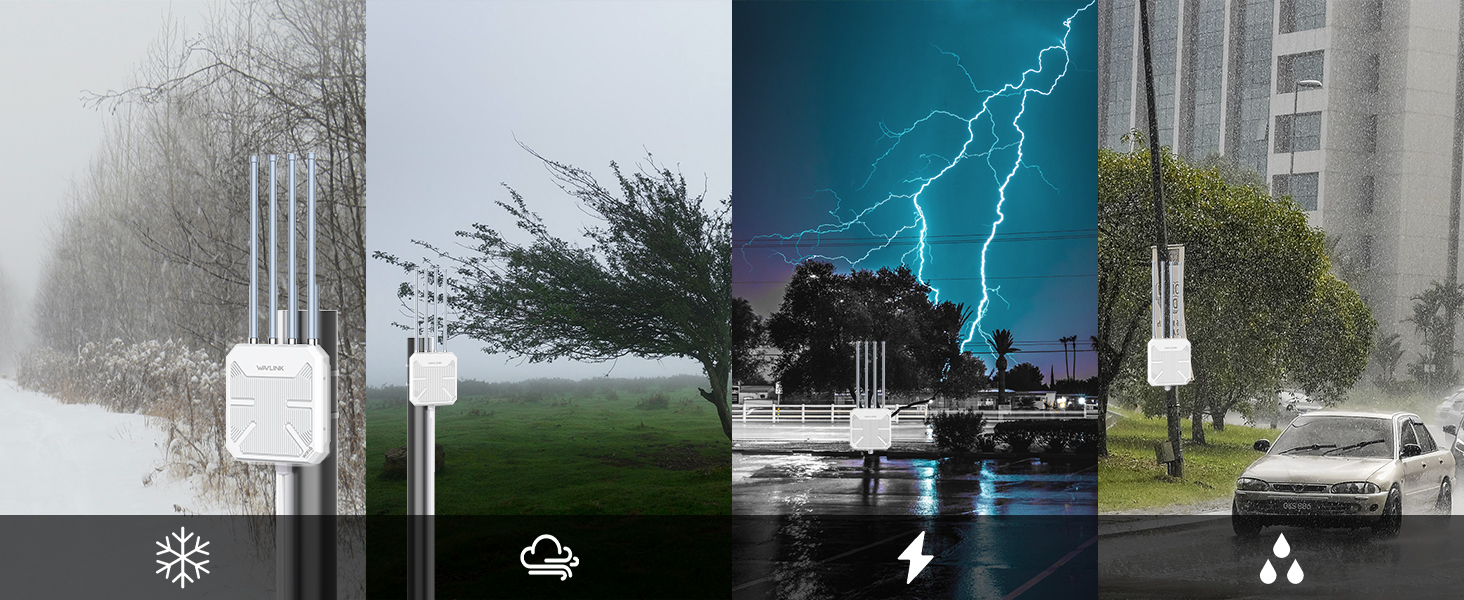Tired of dealing with weak Wi-Fi signals that slow down your internet and disrupt your online activities? It's time to take matters into your own hands and boost your Wi-Fi signal with a detachable antenna. With the power of a Wi-Fi repeater, you can enjoy a strong and reliable connection throughout your home or office.
A detachable antenna is a simple but effective solution to enhance your Wi-Fi signal. By replacing the standard antenna on your router or Wi-Fi repeater with a more powerful one, you can significantly increase the range and coverage of your wireless network. This means no more dead zones and no more frustratingly slow internet speeds in certain areas of your space.
Whether you're trying to stream HD movies, play online games, or simply want to browse the web seamlessly, a detachable antenna can make a world of difference. Say goodbye to signal drops and hello to uninterrupted connectivity.
Don't let a weak Wi-Fi signal hold you back. Invest in a detachable antenna and unleash the full power of your Wi-Fi repeater. Boost your signal and take control of your internet experience.

Understanding Wi-Fi Signal Strength and Coverage in 2025
Having a strong and reliable Wi-Fi signal is essential for a seamless internet experience. Understanding the factors that affect signal strength and coverage is the first step towards improving your Wi-Fi connection.
Wi-Fi signal strength is measured in decibels milliwatt (dBm). The higher the dBm value, the stronger the signal. Signal strength can be affected by various factors, including distance from the router, obstacles like walls and furniture, interference from other electronic devices, and even the construction materials used in your home or office.
Wi-Fi coverage refers to the area in which your wireless network can reach. A standard Wi-Fi router has a limited coverage range, resulting in weak signals and dead zones in certain parts of your space. This is where a Wi-Fi repeater with a detachable antenna can come to the rescue.
Limitations of a Standard 2025 Wi-Fi Router
While a standard Wi-Fi router is sufficient for basic internet browsing and light usage, it may not be able to provide the coverage and signal strength needed for demanding tasks like streaming 8K videos and cloud gaming.
Standard routers typically have built-in antennas that are designed to provide a decent coverage range within a certain radius. However, these antennas often struggle to penetrate through modern construction materials and smart home devices, resulting in weak signals and limited coverage.
Wi-Fi Repeater Advantages in 2025
- Extended coverage for smart home ecosystems
- Enhanced signal stability for VR applications
- AI-optimized network management
Antenna Selection Guide
Omnidirectional: 360° coverage for open spaces
Directional: Focused signal for long-range connections
Multi-band: Optimized for Wi-Fi 7 frequencies
2025 Purchasing Considerations
When selecting equipment for smart home integration:
- 6GHz band support for reduced congestion
- Multi-antenna MIMO configurations
- IoT device prioritization features
2025 Wi-Fi Repeater Installation Guide
Placement: Position your 2025-compatible repeater within 6GHz signal range of main router. Ensure proximity to smart home hubs for optimal IoT connectivity.
Configuration Essentials
1. Connect through WPA3-secured network
2. Access web interface via 192.168.2.1
3. Enable automatic band steering
Performance Optimization Techniques
- Utilize AI-powered channel selection
- Implement quantum encryption protocols
- Schedule automatic firmware updates
Important: All 2025 repeaters require
• Minimum 802.11be (Wi-Fi 7) compatibility
• Support for 320MHz channel bandwidth
• Multi-link operation capability
Troubleshooting 2025 Models
For connection drops:
1. Verify multi-gig backhaul connectivity
2. Check for 6GHz DFS channel conflicts
3. Test automated network slicing functionality




























